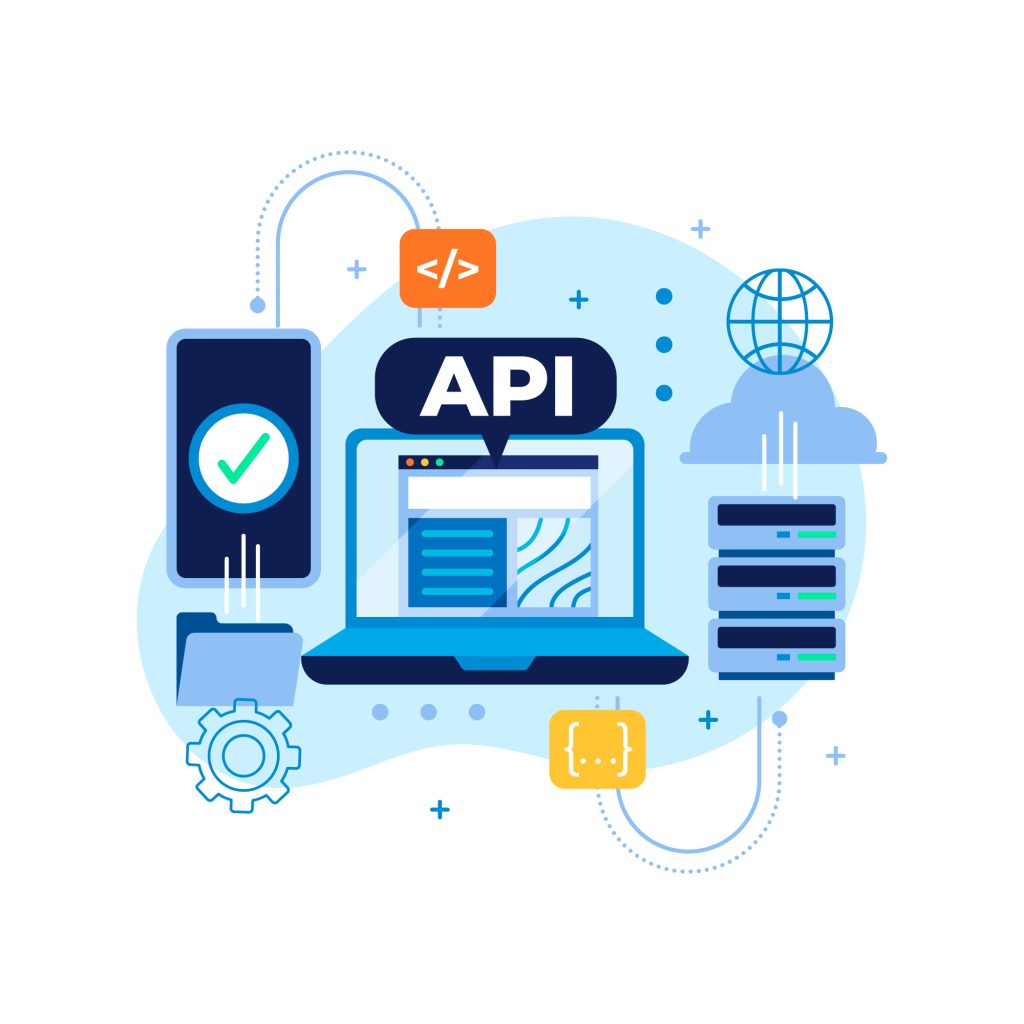Composable Commerce: The Future of Flexible and Agile E-commerce Solutions
Composable commerce is emerging as a frontrunner for businesses looking to transform their traditional monolithic E-commerce platforms into more flexible and agile architectures. Composable commerce offers businesses more freedom and scalability in creating seamless customer experiences.
Join us on this journey as we delve into the convergence of composable architecture, and explore how businesses can leverage it to unlock new possibilities in their E-commerce ventures.
We’ve recently covered the basics of Headless Commerce and how it’s different from traditional monolithic sites. Composable commerce is the next step in the evolution of Headless commerce.

What is Composable Commerce?
Composable commerce is made possible by headless technology, but the two are not interchangeable.
Elastic Path describes composable commerce as the process of composing the best possible commerce components to create a cohesive solution that meets your unique business needs.
These components, often referred to as “composable building blocks” and Packaged Business Capabilities (PBCs), handle specific E-commerce functionalities such as product catalog management, search, checkout, payments, etc., and are connected via APIs.
Businesses can easily put together multi-vendor commerce solutions based on their preferences and business requirements.
This modular approach has allowed online businesses to gain more control over the customer experience across multiple touchpoints. Composable commerce platforms also enable retailers to quickly adapt to changing market demands or experiment with new features by easily swapping out or adding new components without disrupting the entire system.

MACH architecture
We can’t talk about composable commerce without mentioning MACH architecture.
The letters stand for Microservices, API-first, Cloud-native SaaS, and Headless. MACH is a set of technology principles that enable businesses to build best-of-breed, modern platforms, and is the first building block of composable commerce.
Let’s take a look at each of these “letters”:
M – Microservices: These are individual, independently developed and managed pieces of software. The composability of Packaged Business Capabilities (PBCs) is enabled by a microservice-based architecture, as PBCs are built up by one or several aggregated microservices.
A – API-first: The storefront is connected to the back-end system through APIs, enabling several applications or services to tie together.
C – Cloud-native SaaS: Software-as-a-Service that leverage cloud features, like automatic scaling and high availability. This software automatically updates, so you don’t need to worry about making upgrades.
H – Headless: Headless architecture is the base of the composable approach. As the front-end of the storefront is completely decoupled from the back-end, it allows retailers to easily update the user interface. The application can be tied to several endpoints, different channels or devices.
Salesforce is a proponent of composable commerce. It enables retailers to work with a composable storefront (“an industry-standard framework for creating innovative Progressive Web Apps”).
Salesforce recommends composable storefronts to all those businesses that:
- need more operational agility to stay ahead of customer expectations
- want flexibility and freedom in choosing which third-party solutions to integrate that match their objectives best
- strive to create unique digital experiences.
Benefits of Composable Commerce
Increased speed
By separating the back-end and front-end systems, you eliminate the need for requests to pass through both. With the help of headless solutions and/or a composable commerce approach, many requests can be handled on the front-end. This results in faster loading times, which corresponds to a better user experience for your shoppers.
Greater flexibility and agility
The modular approach of composable commerce architecture allows businesses to easily swap out or add components as needed, without interrupting the rest of the system.
It heavily relies on APIs (Application Programming Interfaces) to facilitate communication between different components, which defines how they interact with each other, allowing for seamless integration and interoperability. APIs make it easier to connect with external systems and third-party services, further enhancing flexibility and agility.
For example, if a business wants to change its payment processor or add a new feature to the checkout process, it can simply integrate a new component via APIs without needing to rebuild the entire platform.
Reduced cost
The pay-as-you-go model that the modular architecture of composable commerce enables means that retailers can choose to only pay for the components they need, avoiding overinvestment in features their business needs don’t require.
This is a significant advantage compared to monolithic E-commerce platforms.
More scalability
Traditional, non-composable E-commerce platforms often present challenges with scalability since they are usually originally built as a single, tightly integrated system. As a retailer’s business grows, they may encounter limitations in terms of system performance, capacity, and the ability to accommodate increasing traffic or transaction volumes. Scaling such monolithic architectures and systems typically requires significant investments in hardware, software, and infrastructure upgrades.

In contrast, composable commerce solutions enables retailers to scale their technology stack more dynamically and efficiently as they grow, minimizing unnecessary costs by this all-in-one platform approach.
They can scale
- horizontally by adding additional instances of specific components to handle increased loads
- vertically by upgrading individual components to handle higher demands.
Challenges and considerations for retailers
While composable architectures offer many advantages, it’s always beneficial to be aware of any challenges that may arise with adapting a new, modern approach.
Challenges rooted in integration
Integrating multiple software components from different vendors or providers requires careful planning and coordination. Each of these components may come with their own set of APIs, data formats, and protocols, especially if they are developed by different teams instead of a single vendor.
Testing the separate components together might be the best way to ensure that they’re 100% compatible and interoperable, which also requires effort and time.
Maintenance of individual components
It can happen that the different components of a system have different update cycles, dependencies, and compatibility requirements, which can increase the overall maintenance burden.
Dealing with several vendors can also add to the complexity and the cost of the processes, but an efficient coordination of communication and support helps a lot with ensuring the smooth operation of a composable system.
Does composable commerce impact your customers?
In short: yes!
Composable commerce can have several significant impacts on your online shoppers.
As 80% of shoppers agree that the experience a company (including their website) provides is as important as the products and services they offer and sell, now is the best time for brands to embrace innovation and stay on top of trends.
Now, let’s see how composable commerce can assist in this matter:
Faster and smoother customer journey
Increased speed is not only beneficial for your business operations, but contributes to higher customer satisfaction and an increased conversion rate. By decoupling the front-end and back-end systems through headless commerce architecture, composable commerce allows for faster loading times and smoother user interactions. Shoppers experience quicker page load times, seamless checkout processes, and reduced friction when navigating the website or app.

Personalized shopping experiences
With access to a wide range of specialized third-party tools and technologies (and by choosing those that offer data analytics and utilize AI algorithms), you can personalize the shopping experience for each customer, deliver product recommendations based on previous user behavior, display promotions and special offers.
Access to innovative features
AI-powered product recommendations are not the only innovative feature shoppers can enjoy access to.
If you decide to utilize other best-in-breed components in your store, your shoppers can have virtual try-ons, ask for assistance from interactive chatbots, or engage in an entire social commerce experience.
By prioritizing personalization, performance, and innovation, you can build loyalty, drive sales, and differentiate your store and brand in a competitive landscape.
Wrap up
In summary, composable commerce marks a significant evolution in E-commerce strategy, enabling businesses to swiftly adjust and innovate according to market changes.
By breaking down commerce functionalities into interchangeable modules, companies gain flexibility, scalability, and agility in their online endeavors. Embracing this method unlocks avenues for tailored solutions, seamless integrations, and enriched customer interactions, positioning businesses at the forefront of digital commerce innovation.
Prefixbox’s solution optimizes the search experience on all headless and composable storefronts. What’s more, we are deeply integrated into many of these platforms, including native integration with Salesforce Commerce Cloud.


